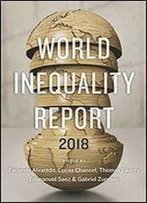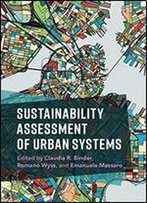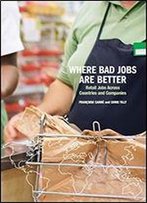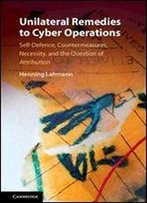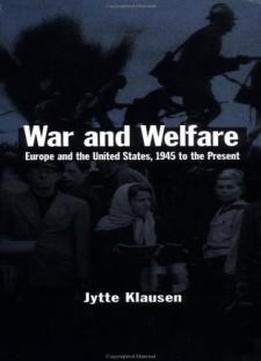
War And Welfare: Europe And The United States, 1945 To The Present
by Jytte Klausen /
1998 / English / PDF
1.3 MB Download
From belligerent to neutral countries, the civilian war economy
that developed from 1939 to 1945 created the foundations for the
postwar welfare state. This book examines the legacy of the
"warfare state" and reveals how it paved the path for the welfare
state in ensuing decades. Jytte Klausen shows how the
institutional marks made by World War II were critical to
capitalist reform after the war. She argues that the warfare
state was a gift to the European Left, and asserts that
state-expansion and the changing domestic order during the war,
in most countries regardless of their stances, anticipated the
welfare state. When the war ended in 1945, the reconstruction
process rested on piecemeal decisions to remove or retain
war-time controls over the economy, ranging from state cartels to
wage fixing. Klausen argues that the welfare state ratified prior
changes in state-society relations and represented a continuation
of institutional development undertaken during the war
years.
From belligerent to neutral countries, the civilian war economy
that developed from 1939 to 1945 created the foundations for the
postwar welfare state. This book examines the legacy of the
"warfare state" and reveals how it paved the path for the welfare
state in ensuing decades. Jytte Klausen shows how the
institutional marks made by World War II were critical to
capitalist reform after the war. She argues that the warfare
state was a gift to the European Left, and asserts that
state-expansion and the changing domestic order during the war,
in most countries regardless of their stances, anticipated the
welfare state. When the war ended in 1945, the reconstruction
process rested on piecemeal decisions to remove or retain
war-time controls over the economy, ranging from state cartels to
wage fixing. Klausen argues that the welfare state ratified prior
changes in state-society relations and represented a continuation
of institutional development undertaken during the war
years.

